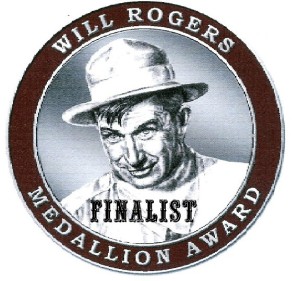Keeping the Middle Moving––Part VII
That sagging middle––you know the place. It’s where your story bogs down, and you don’t know how to fix it. Today, we’ll look at The comedic scene, the setup scene, plus explain what kind of scene you should never write in the middle of your story. Keep them laughing with comedic tension and set-up the next conflict with more tension. Click to Tweet #keepmiddlemoving #amwriting
The Comedic Scene
Comedy thrives on tension and conflict. Think “The Odd Couple.” Opposites can really make each other uncomfortable and make for some funny reading. Keep the characters off-balance and awkward. Let the situation dictate what outrageous attempts to “save” it (whatever that is) become funny. Dialogue with subtext can also help create tension and make for some very funny reading. Mistaken identity, a trivial happening, the “shock” of a practical joke, or “slapstick.”
In the movie “Roman Holiday,” Gregory Peck plays Joe Bradley, a newspaper correspondent who runs across a princess incognito, played by Audrey Hepburn. Princess Ann just wants a day off from “duty.” He wants a story. But as the day wears on, they have a lot of adventures, and misadventures.
One particular scene involves the Oracle, with the big, wide, dark mouth. Peck puts his hand in the mouth, then yells. Ann screams as Joe’s hand appears to have been bitten off. Then, he begins to laugh as he pushes out his fisted hand. Princess Ann is shocked. She whacks at him, truly believing he’d lost his hand. Know this: Peck didn’t tell Hepburn he was going to pull that trick. Her reaction is priceless and quite spontaneous.
The Scene You Don’t Want
I’m guilty of writing these kinds of scenes, but they’re easier. However, turn the “sit-down” scene into a “set-up” scene. What’s a “sit-down” scene: it’s where two people are sitting down talking to one another.
Turn that two-person conversation into a “set-up” scene. Add conflict, and see where it takes you. It will keep the middle moving, and the story will be better for it.
A “set-up” scene is where you literally pave the way, prepare the readers for a scene to come. By adding conflict of some sort to the set-up scene, it will make the scene it sets up even more powerful. Which is what you want.
So ends our series on Keeping the Middle Moving. I hope this has been helpful. Most of the information was taken from James Scott Bell’s Conflict and Suspense. Use tension from comedy and conflict in set-up scenes to keep the middle of your story moving. Click to Tweet #amwriting #keepmiddlemoving

















